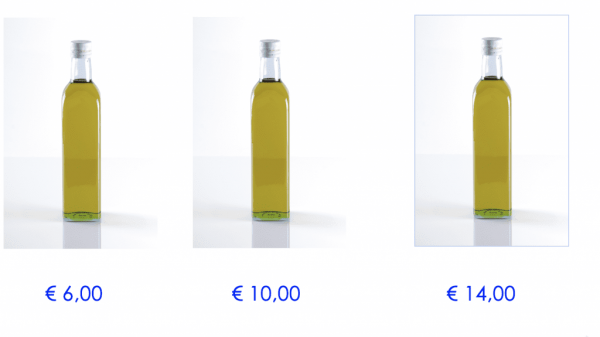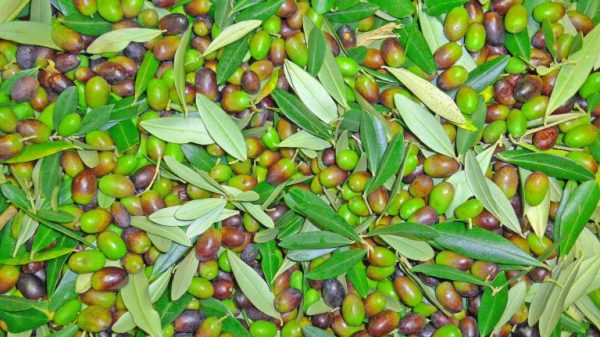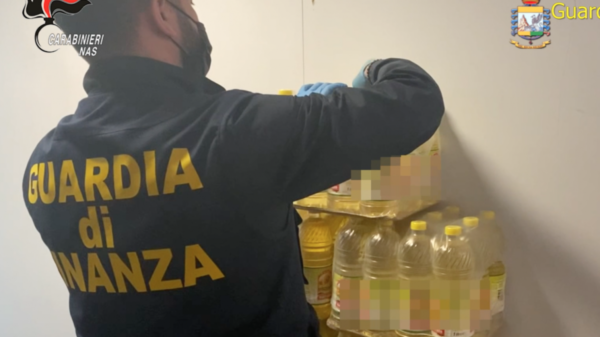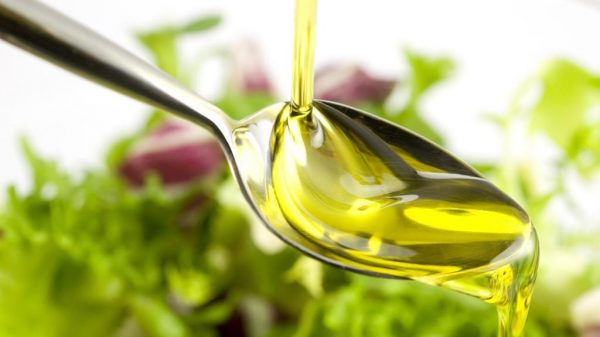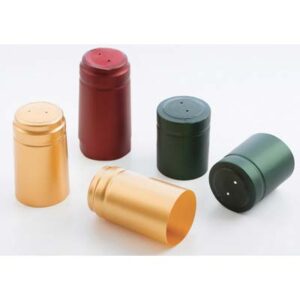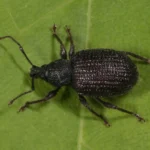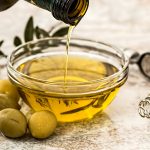 I will talk about olives and how you should choose them variety (or cultivar) to plant. In the Moonor are censusd approximately 1300 types several of olives; in Italy they are present about 700 and over 500 they are currently cultivated and used to produce oil.
I will talk about olives and how you should choose them variety (or cultivar) to plant. In the Moonor are censusd approximately 1300 types several of olives; in Italy they are present about 700 and over 500 they are currently cultivated and used to produce oil.
The choice of the varieties to be planted has a decisive influence on the quantity and quality of the product and must be carried out bearing in mind the cultivation techniques, the soil and climate conditions, the market strategies and the result in oil wants to get.
However, it is difficult for the necessary and sufficient requisites for an abundant, quality production that is well received by the market to be present in a single cultivar and therefore it is customary to plant different varieties.
Some simple rules to follow:
1) Choosing almeno two or three different cultivars, possibly with a good and reciprocal pollination and with different resistances in case of climatic or parasitic adversities; a severe frost won't ruin the one less sensitive to cold, a fly attack will spare the cultivar more resistant to insects, a dry summer will create fewer problems for plants less accustomed to rain...
2) Prefer the autochthonous varieties, local, which have already been present in the area for some time because they guarantee easier adaptability to environmental conditions. Non-local or newly selected varieties, even if they have numerous advantages, often have difficult growth, phytosanitary problems and modest production in areas other than those where they are produced or normally cultivated. Plants that grow luxuriantly in Sicily where sun and drought are constant elements will not give the same result if planted on a lake in northern Italy.
3) Arrange the different cultivars in distinct and separate files allowing a separate collection based on the different periods of maturation and allowing the production of monovarietal oils that can be used alone (or in subsequent blends). Some cultivars ripen earlier than others and being able to differentiate them makes the harvest more homogeneous and simplifies the choice of the right harvest time.
4) Use certified nursery material or provenance to have genetic and health guarantees; this obviously guarantees the type of cultivar, but more importantly it guarantees that the plants are free from viruses and parasites.
5) Procure as much as possible plants grown in the same climatic zone of the land where they will be planted; if I have to plant Frantoio or Leccino in Lombardy, it is advisable that this be purchased in northern Italy and not in Calabria.
6) Choose varieties that have a compatibility with climatic conditions. In the north, for example, choose plants that go into hibernation early and are resistant to cold, and that have an early accumulation of oil, in order to anticipate harvesting as much as possible to avoid damage to the fruit caused by late fly attacks or by the lowering of temperatures.
7) Prefer plants obtained from cuttings that is, from a twig of the plant which, specially cut and placed in the ground or in the water, gives life to a new specimen. It is true that initially they have a greater need for water, but they have the advantage of entering production sooner unlike plants reproduced by grafting or by seed.
8) To avoid the use of plants from suckers which are those branches that develop directly at the foot of the olive tree, because they tend to maintain a strong vegetative drive for a long time in the face of a reduced production of olives.
9) Planting already rooted plants, at least three years old, because they take root more easily, they already have their own strength and if well cared for they go into production in a couple of years.
10) If the land is in PDO or PGI area If you want to produce certified oil, it is essential to take into account the indications of the specification and therefore the cultivars specified in it must be planted, following the indications I have given.
11) Always keep in mind the future pruning and harvesting methods of the olives and the density of the plant; today the plants are small and easy to manage, but in about ten years? Will the hair touch? Will they shade? Will a tractor still go through it? And will I harvest by hand or with the help of machinery? The system must be designed well at the beginning to have excellent results over time.
12) Last but not least: the client. The type and quantity of oil I will produce must be the one needed by my market, which I should know well and should have analyzed before starting this type of production. I say I should because the conditional of the world of oil is mandatory.
Often these simple rules are satisfied in an empirical, sporadic and non-strict way. In fact, great importance is not always given to the type of cultivar present in the area, much less to the oil produced or to the needs of the final customer. This is probably due to the fact that over time the varieties have been selected by olive growers not on the basis of the particular characteristics of the various cultivars - perhaps little known in the past - but on the basis of the ability of the plants to adapt to the climate, the territory, parasites and to diseases: the olive trees that produced and survived were reproduced regardless of their properties.
di


